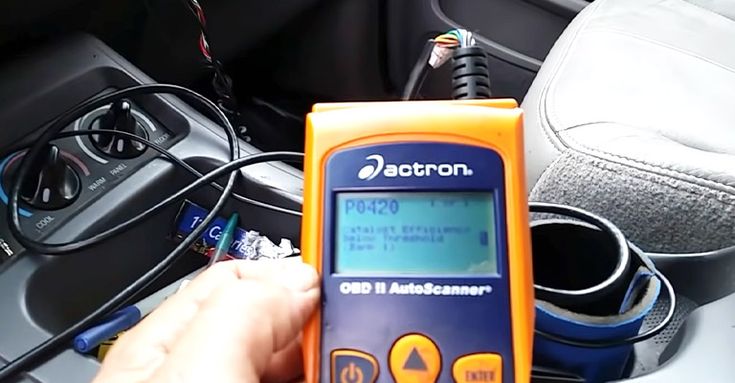Repair instructions
Diagnostic Trouble Code (DTC) Troubleshooting Tips for the DIYer
As a DIY mechanic, you’re likely familiar with using a scan tool or code reader to retrieve Diagnostic Trouble Codes (DTCs) when your vehicle’s check engine light activates. While pulling the codes is straightforward, diagnosing the underlying issue often isn’t as simple. Eventually, you’ll encounter a code that leaves you scratching your head, but don’t worry—there are key troubleshooting strategies that can help you tackle even the trickiest of DTCs.

Four Essential DTC Troubleshooting Tips for DIY Mechanics
If your check engine light is on and you’re facing a DTC, follow these professional tips to increase your chances of accurately diagnosing the issue:
- Understand That a Code Is Not a Diagnosis
It’s important to remember that a DTC is just the beginning of the diagnostic process—it’s not a full diagnosis. For example, if your vehicle logs the code P0131, indicating “O2 Sensor Circuit Low Voltage Bank 1 Sensor 1,” it doesn’t necessarily point to a faulty oxygen sensor. This could be the result of various issues, from a damaged sensor to a wiring fault or even an engine running too lean. This is why it’s critical to dig deeper by referencing service manuals and performing thorough diagnostics before jumping to conclusions.
- Consult Official Service Information Through a Repair Database
Before starting any diagnosis, it’s essential to access the official service information for your vehicle. Previously, this data was only available to repair shops and dealerships, but today, DIYers can tap into resources like ALLDATA DIY or Mitchell 1 DIY. These databases provide valuable diagnostic insights, including OEM code definitions, wiring diagrams, flowcharts, and more.
With affordable, single-vehicle subscriptions, you can gain access to professional-level repair information and get a clearer understanding of what might be causing the code. Consider this an investment in your DIY repair toolkit.
- Be Cautious of Online Information
While online resources like Facebook groups or YouTube videos can offer useful troubleshooting tips, they can also mislead you. DIY advice from these platforms should always be treated with caution. Remember, what worked for one person’s car may not work for yours due to the unique configurations of each vehicle.
If diagnosing vehicles were as simple as following online advice, professional mechanics wouldn’t be in such high demand. Use online forums to supplement official repair information, but always double-check the sources and use your judgment before proceeding.
- Know Your Scanner’s Limitations
Most DIYers own a scan tool or code reader, but not all tools are created equal. Generic OBDII code readers can only access basic engine and transmission data, while more advanced scanners—such as OEM-enhanced models—can retrieve both standard and vehicle-specific data from all of a car’s control modules.
Professional shops have access to high-end scan tools that can cost thousands, giving them the ability to pull data from multiple vehicle systems. As a DIYer, you may need to accept that some codes (such as those related to AWD or specialized modules) will require more advanced tools that are out of your reach.
When to Call a Professional
There will be times when a professional’s expertise is necessary. Modern vehicles are complex, and some issues may require specialized knowledge and advanced diagnostic equipment that the average DIYer doesn’t have access to. If troubleshooting a code becomes overwhelming, there’s no shame in seeking help from a professional mechanic.
If you’re ready to transition from DIY to DIFM (Do It For Me), consider using our professional installation program. Every shop in our network has been thoroughly vetted, so you can rest assured you’re receiving top-quality service.
